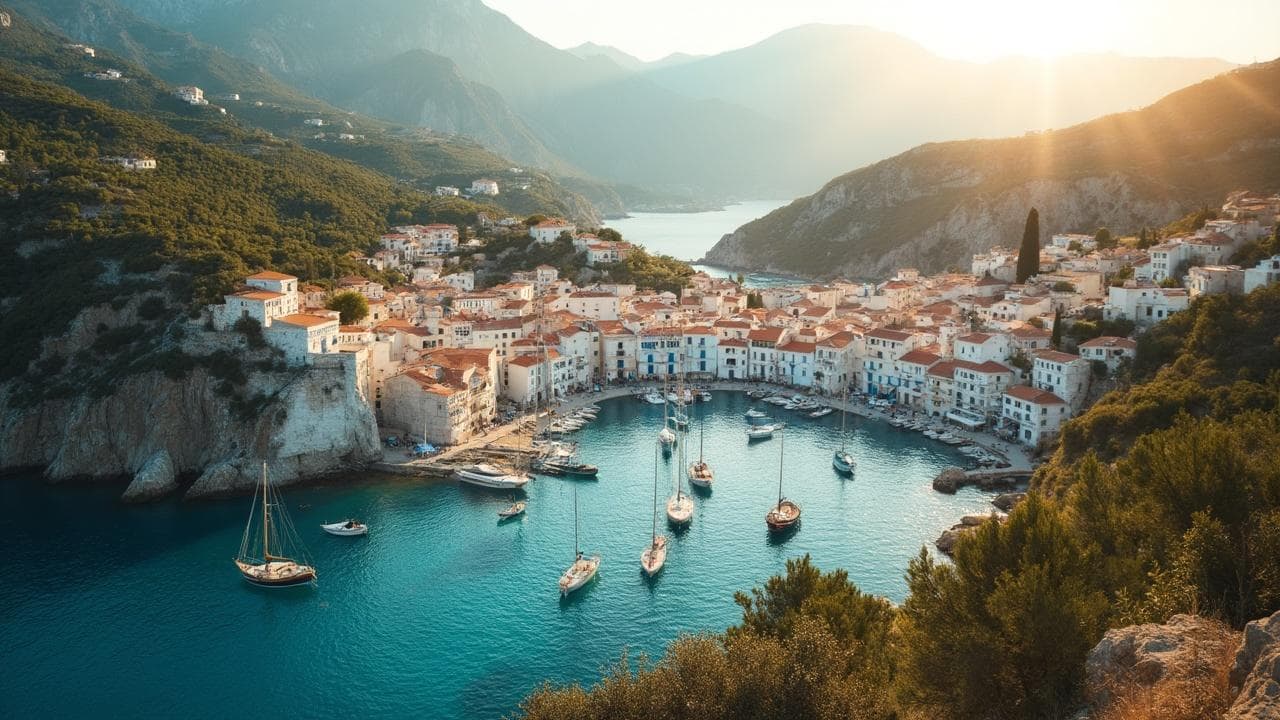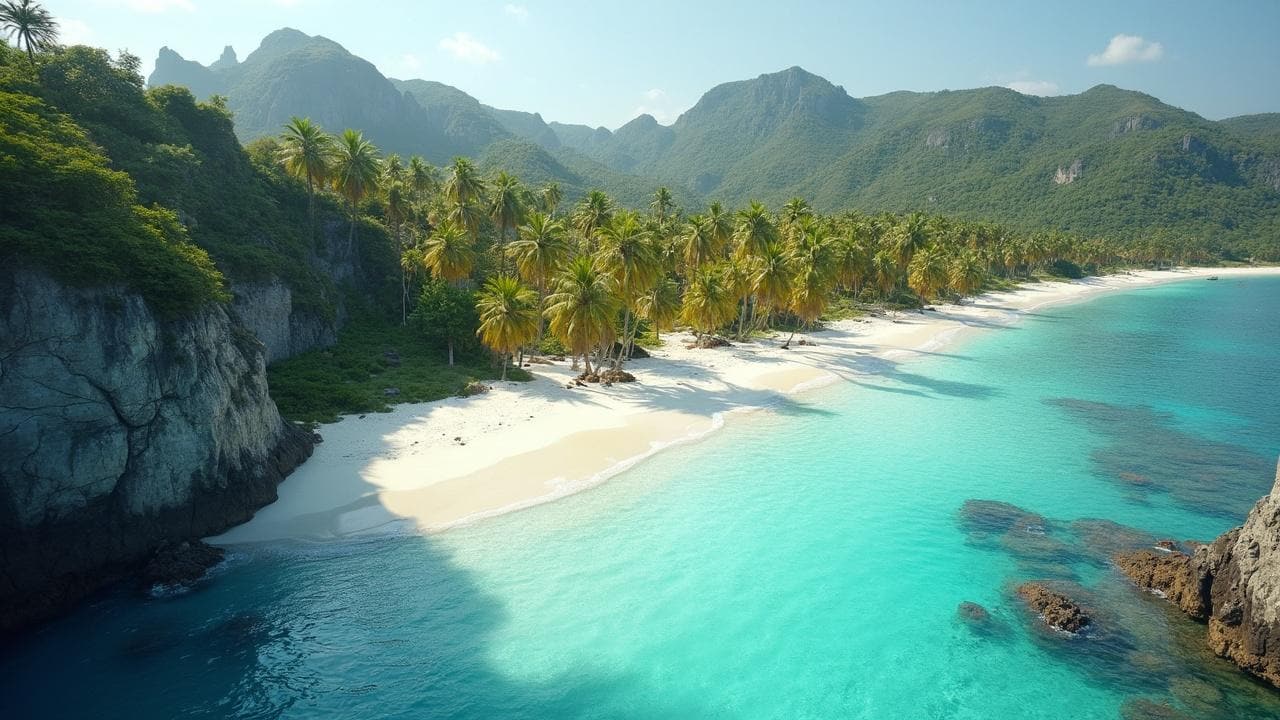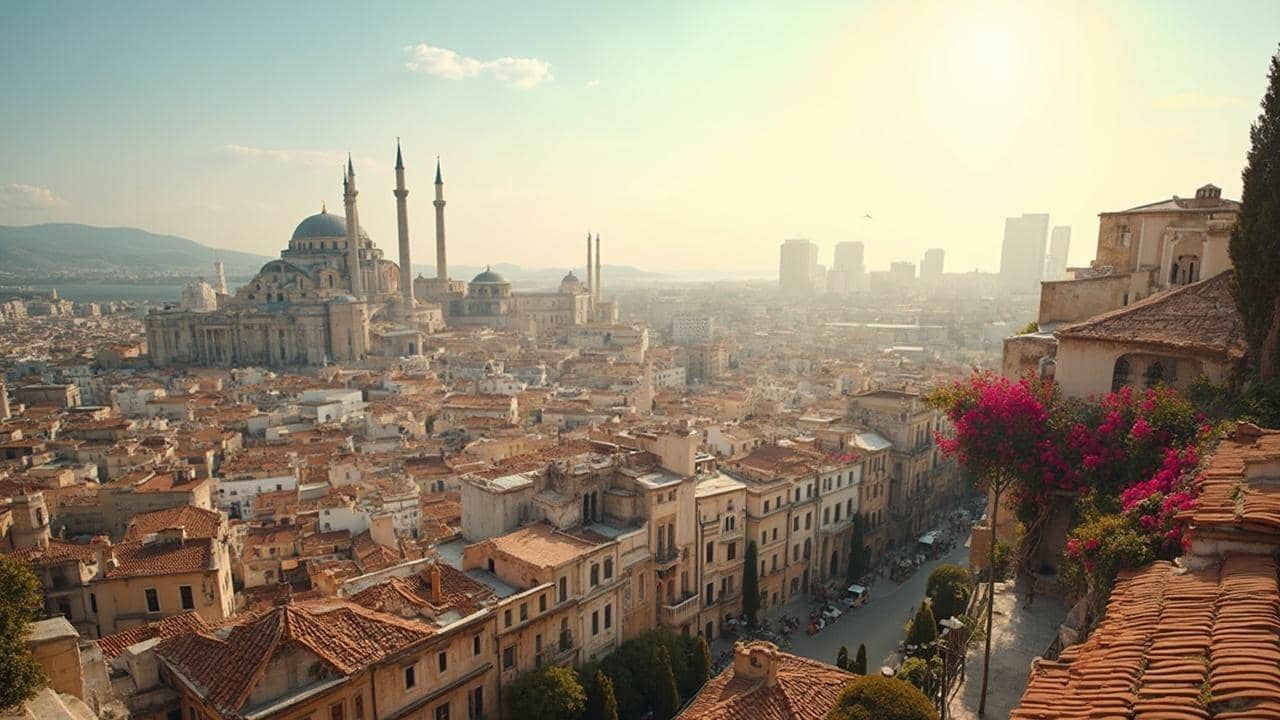Embarking on a hiking adventure in Costa Rica, with its lush landscapes and varied terrain, calls for excitement and cautious preparation.
From the mystical cloud forests to the imposing volcanoes, hiking in this Central American gem offers an unparalleled immersion into nature.
I’ll share essential insights and personal experiences to guide your journey, ensuring safety and enjoyment.
In this article
- Navigating the trails: maps and GPS essentials
- The crucial role of weather awareness
- Proper preparation: footwear and hydration
- A personal note on volcanic and seismic activity
- Wrap up
Navigating the trails: maps and GPS essentials
Hiking in Costa Rica’s diverse ecosystems, I’ve learned the importance of always being prepared with a physical map and GPS.
Venturing into the dense rainforests or ascending Costa Rica’s towering volcanoes can be disorienting without them.
I remember this one time, trekking through the Rincon de la Vieja National Park, my GPS became invaluable.
Surrounded by sprawling forests and bubbling mud pots, the trail markers were not as evident as I had hoped.
Utilizing GPS alongside a detailed map kept me on track, preventing what could have quickly become a precarious situation.
Here’s what I always ensure to have with me :
- A reliable, waterproof physical map of the area.
- A fully charged GPS device with spare batteries or a power bank.
- Downloading offline maps on my smartphone as a backup.
Also, consulting with local guides or park officials before setting out provides insights no device can.
They can alert you to any trail closures or areas of caution due to recent weather events.
The crucial role of weather awareness
In a place like Costa Rica, where the weather can shift rapidly, monitoring forecasts and understanding local climate patterns is crucial for a safe hike.
Once, while planning an ascent of Cerro Chirripó, Costa Rica’s highest peak, I closely monitored the weather.
I learned that afternoons often brought rain and fog, potentially obscuring trails and making paths slippery.
By planning an early start, I ensured clear skies and dry paths, making the journey safer and more enjoyable.
Tips for staying ahead of the weather :
- Check multiple weather sources for the day of your hike and a few days following in case you’re out longer than expected.
- Understand the regional climate – some areas have microclimates that aren’t reflected in general forecasts.
- Prepare for all conditions with layering, waterproof gear, and sufficient water and food.
A comprehensive guide on hiking safely in regions with weather as unpredictable as Costa Rica’s can offer additional strategies and insights, ensuring you’re well-prepared for whatever conditions you face.
Proper preparation: footwear and hydration
My travels have taken me to many corners of the world, but hiking through Costa Rica’s terrain reminded me of the basics: proper footwear and hydration.
Traversing the Corcovado National Park, home to Costa Rica’s densest wildlife, my choice of waterproof, high-ankle hiking boots proved indispensable.
Streams, mud, and uneven trails were constant companions; my boots provided the necessary support and protection.
| Essential Gear | Description |
|---|---|
| Waterproof Hiking Boots | Durable footwear with good ankle support and grip for wet and muddy conditions. |
| Hydration System | Reusable water bottles or a hydration bladder with at least 2 liters capacity. |
| Water Purification | Tablets or filters to ensure access to clean drinking water during your hike. |
Equally important is hydration.
The tropical climate means you’ll sweat more and need to drink frequently.
I always carry a hydration bladder, which allows me to sip water without stopping.
On longer hikes, water purification tablets or a portable filter come in handy, ensuring I can safely refill from streams.
A personal note on volcanic and seismic activity
Hiking near Arenal Volcano, an active site with a history of eruptions, underscored the importance of awareness of volcanic and seismic activity.
I did my research before my visit, checking reports from the National Seismological Network of Costa Rica and staying informed through local news outlets.
Steps to take for a safe hike around volatile areas :
- Visit local ranger stations for the latest updates and advice.
- Stay on marked trails, as these are monitored for safety.
- Have an emergency plan, including routes for evacuation.
In regions known for their volcanic activity, like Costa Rica, it’s essential to respect nature’s power and prepare accordingly.
My respect for its natural forces matches my admiration for Costa Rica’s breathtaking landscapes.
Every successful hike in these areas shows the importance of preparation, awareness, and respect for local guidelines.
Wrap up
Hiking in Costa Rica offers an unparalleled opportunity to connect with nature’s wonders, from its vibrant rainforests to majestic volcanoes.
By following these essential safety tips—navigating with a map and GPS, checking the weather, wearing proper footwear, staying hydrated, and being mindful of volcanic and seismic activities—you’ll be set for a memorable and safe adventure.
For those aiming to conquer trails elsewhere, exploring the intricacies of diverse hiking trails can deepen your appreciation and readiness for the outdoors wherever you may roam.
Safe travels, fellow hikers! 🌿



